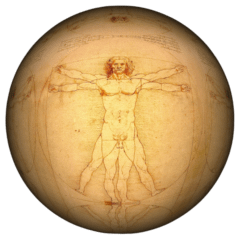An extraordinary example of African art is the Benin art consisting of bronze and ivory works. The Benin Kingdom was home of the Edo-speaking people, which was located in the tropical rain forest region of what is now Nigeria.
The Benin Kingdom was active between the 11th century AD and 1897. The lost wax method was used to create bronzes. The art of the royal kingdom of Benin is an unraveling of untold stories. Today, Benin exists as a state in Southern Nigeria and the role of the Oba is more ceremonial than political.
The Benin Bronzes are a group of several thousand metal plaques and sculptures that decorated the royal palace of the Kingdom of Benin. The objects form Benin art were created from the thirteenth century by artists of the Edo people.
The plaques depict scenes or represent themes in the history of the kingdom. Apart from the plaques, other sculptures in brass or bronze include portrait heads, jewelry, and smaller pieces.

